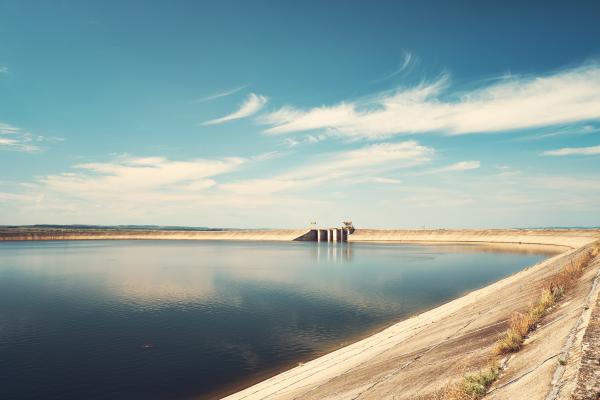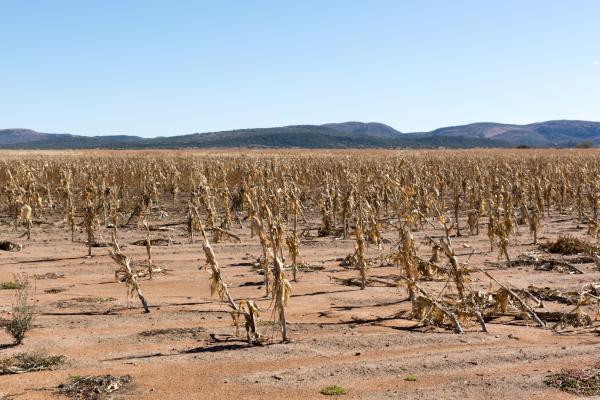
Innovation in the blue economy proves to be a key driver for sustainability and growth. Since 2018, investments in innovative blue economy sectors have steadily increased, with activities such as blue renewable energy attracting a high volume of financial inflows per year, putting the EU blue economy on a clear path to greater competitiveness and climate neutrality.
The 2025 Blue Economy Report, published today, looks back on progress since 2009 and tracks developments between 2021 and 2022 (latest available data from Eurostat). According to the most recent figures, the EU blue economy is on an overall growth path compared to 2021. In 2022, the blue economy employed 4.82 million people (a 16% increase compared to 2021) and generated a turnover of nearly EUR 890 billion, a 29% increase compared to 2021. In the same year, the Gross Value Added (GVA) of the blue economy accounted for EUR 250.7 billion, a 33% increase compared to 2021.
Coastal tourism and renewable energy lead the wave
Between 2013 and 2022, a significant increase in GVA can be seen across all blue economy sectors. Among these, coastal tourism remains the leading sector, generating 33% of EU blue economy GVA in 2022, and employing more than half of the total blue economy workforce (54%). This sector showed a full recovery in 2022 in terms of GVA and turnover, after dropping by 64% and 59% respectively in 2020, due to the COVID-19 pandemic.
Over the same period, offshore wind energy experienced the highest growth at +1049%, followed by maritime transport (+99%), shipbuilding and repair (+73%), marine living resources (+44%), and port activities (+36%).
Overall, marine renewable energy has seen the largest expansion in the EU, with the EU offshore wind energy sector remaining on a fast-growth trajectory. From just a few pilot projects in the early 2000s, the EU now has a total offshore wind capacity of 18.9 gigawatts, spread across 11 countries - enough to power more than 6 million households - making it one of the fastest-growing parts of the EU economy. In 2022 alone, investment in ocean energy reached €48.53 billion—accounting for 53% of global investment in the sector.
Furthermore, the sector’s GVA increased to EUR 5.3 billion in 2022, a 42% increase compared to 2021. This growth boosted the sector’s profits, which reached EUR 4.1 billion in 2022, a 56% increase from 2021.
These trends are expected to continue. The report suggests that the EU blue economy sectors continued to grow after 2022. According to JRC estimates, in 2023 the blue economy contributed EUR 263 billion to the EU GVA and employed 4.88 million people.
The environmental dimension of the blue economy
Results show that the EU is advancing towards a sustainable blue economy. This is in line with the European Green Deal's goals to enhance resource efficiency, resilience, and competitiveness, while eliminating net greenhouse gas emissions and safeguarding natural capital.
Maritime transport, for example, is on the right path, with a 10% reduction in emissions per tonne of transported freight for sea and coastal freight water transport over the period 2013-2022. Additionally, the EU fishing fleet has achieved a 31% decrease in CO2 emissions over the same time span. Enhanced efficiency of the EU fishing fleet is also demonstrated by a 17% reduction in fuel consumption in 2022 compared to 2009.
This uptake of sustainable practices and technologies not only stimulates greater competitiveness, but also makes the EU blue economy more resilient to climate related shocks.
Background
The blue economy encompasses all economic activities based on or related to the ocean, seas and coasts. This includes a large variety of economic sectors such as fisheries and aquaculture, coastal tourism, maritime transport of goods and passengers, ports, and marine renewable energy.
The EU Blue Economy Report is the annual flagship publication of the European Commission’s Directorate-General for Maritime Affairs and Fisheries and the Joint Research Centre. It offers an in-depth analysis of the scope and size of the blue economy in the European Union. Together with the EU Blue Economy Observatory, the report provides an overview of key socio-economic performance indicators per sector, activity, and country.
Related links
Details
- Publication date
- 22 May 2025
- Author
- Joint Research Centre
- JRC portfolios 2025-27




